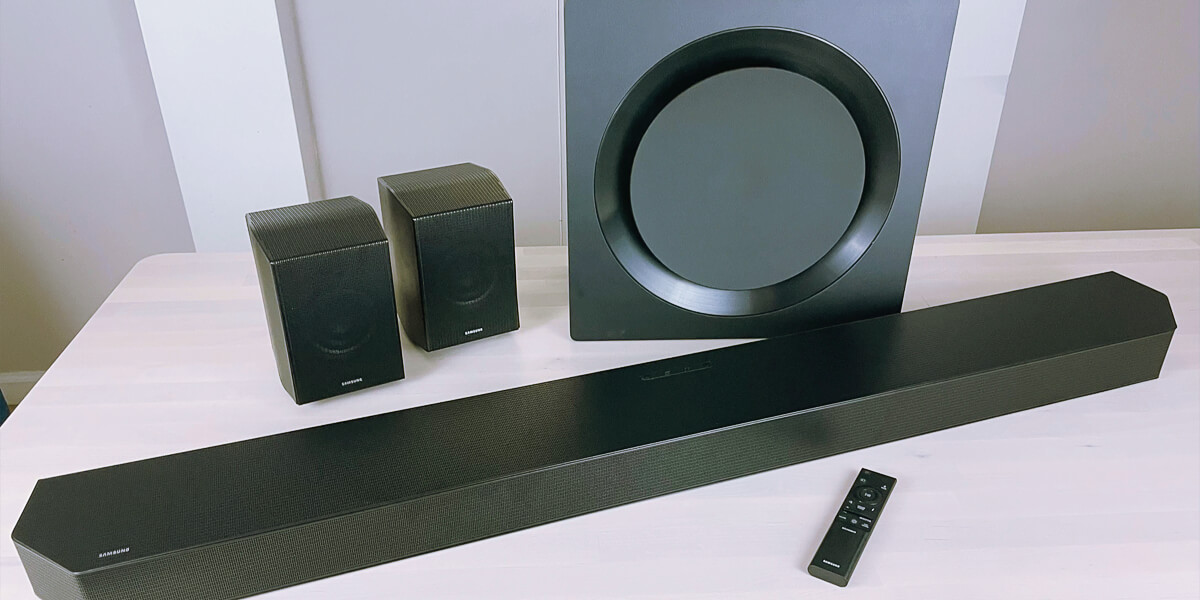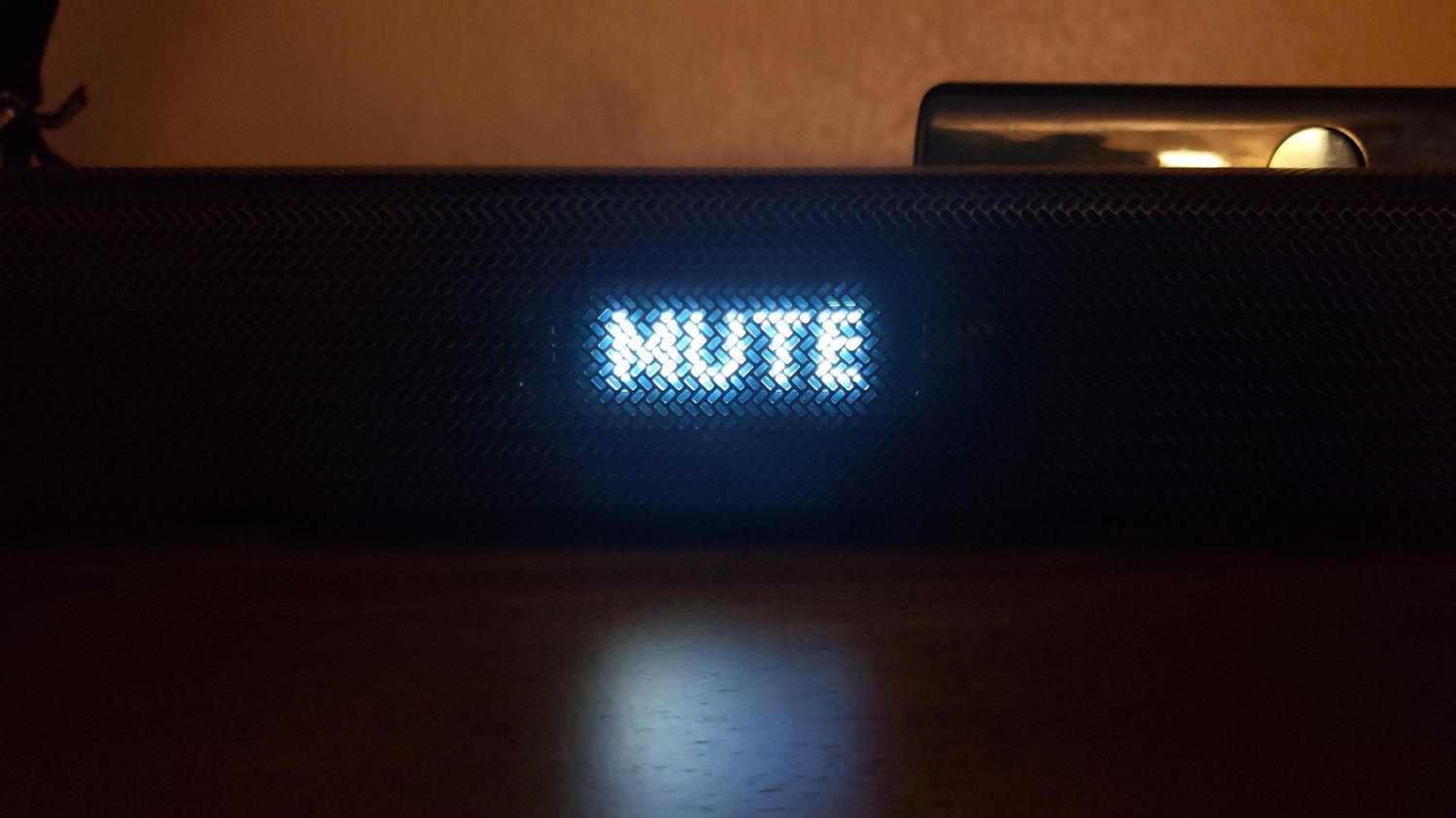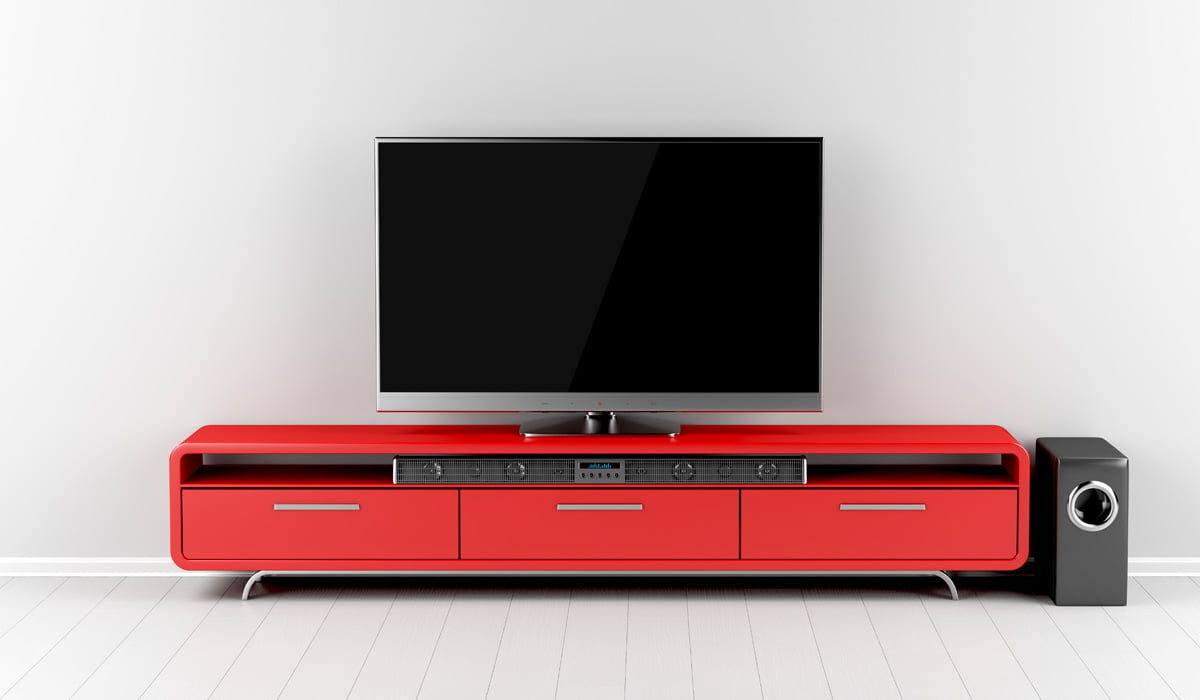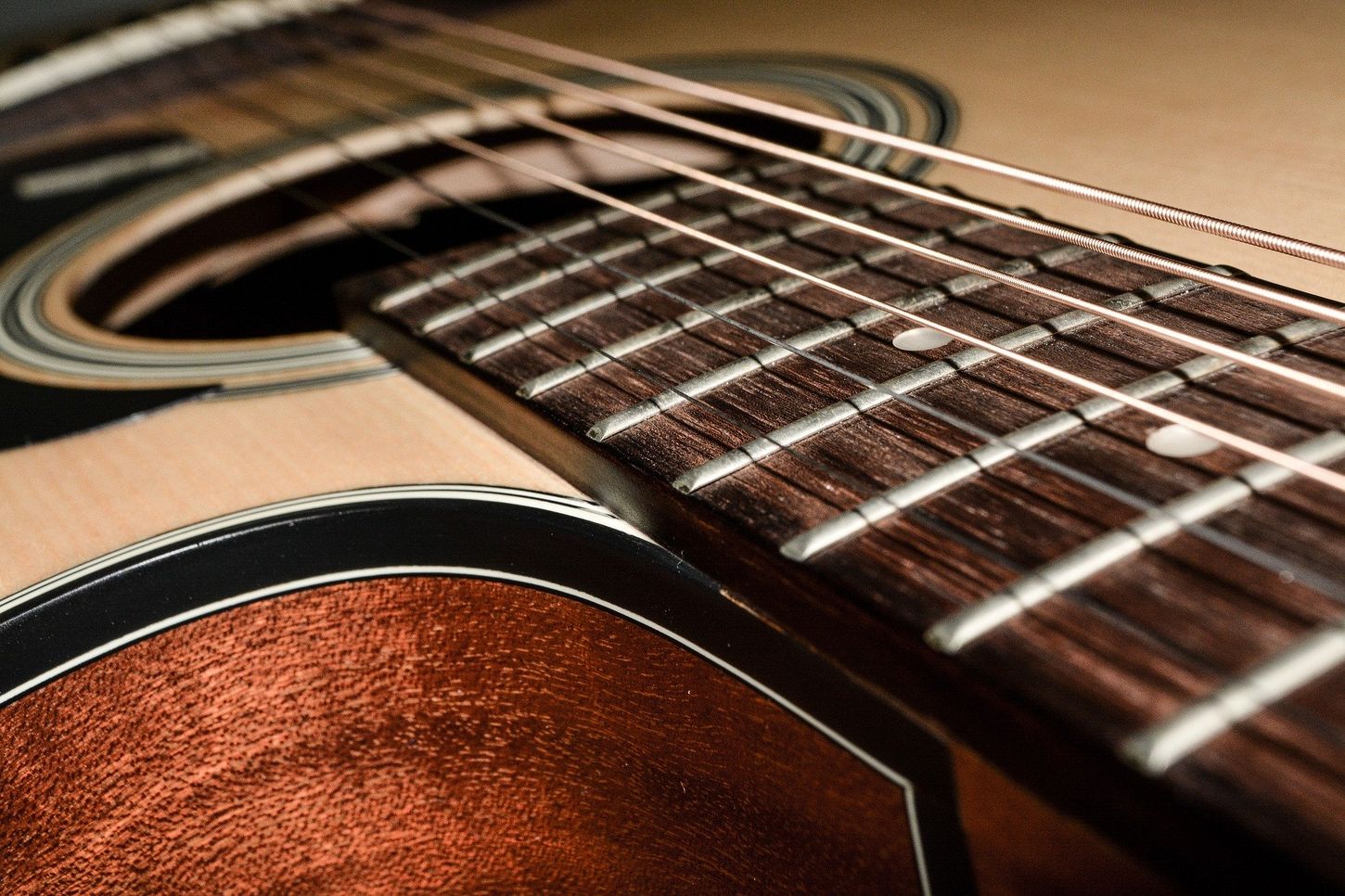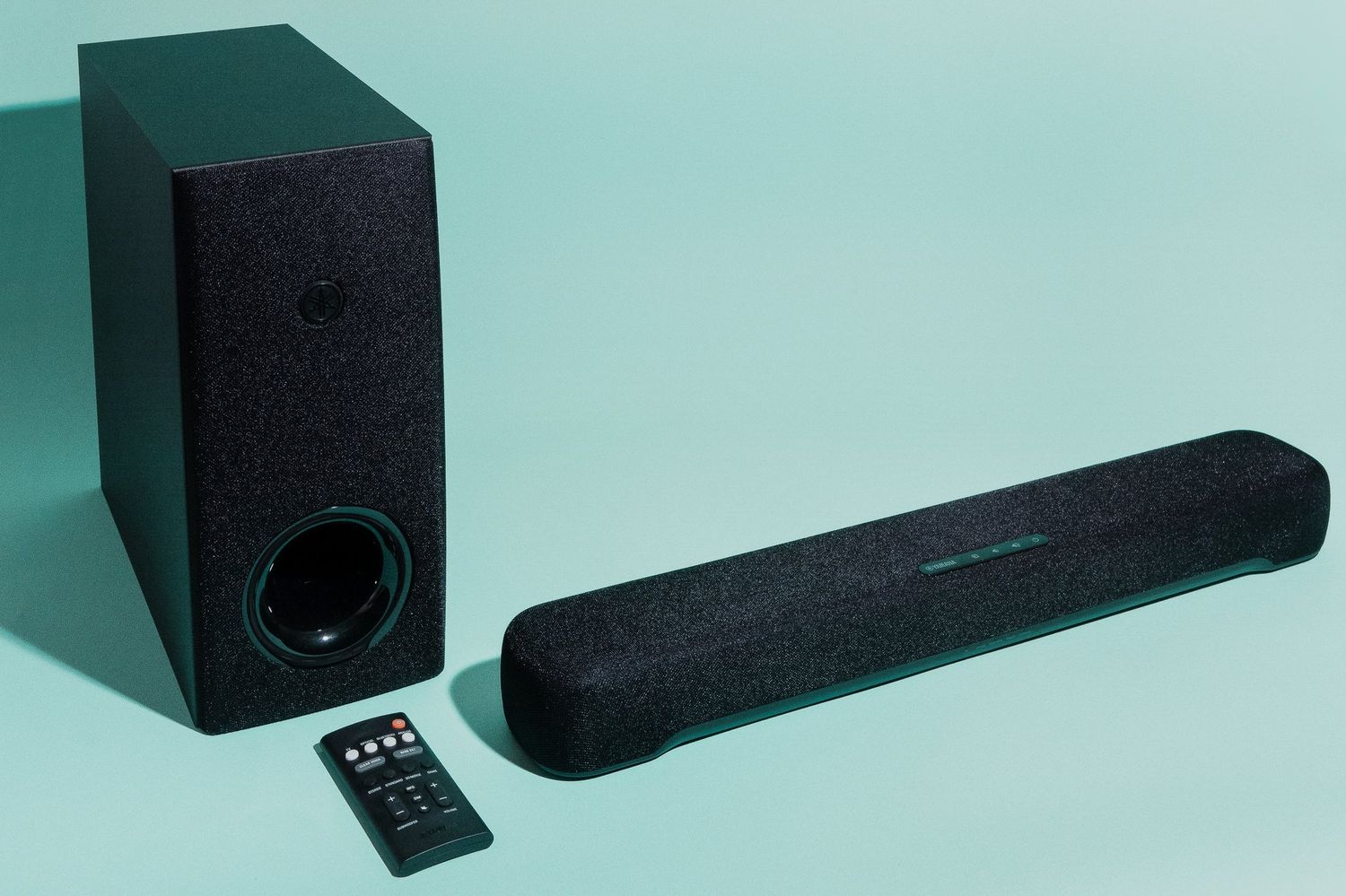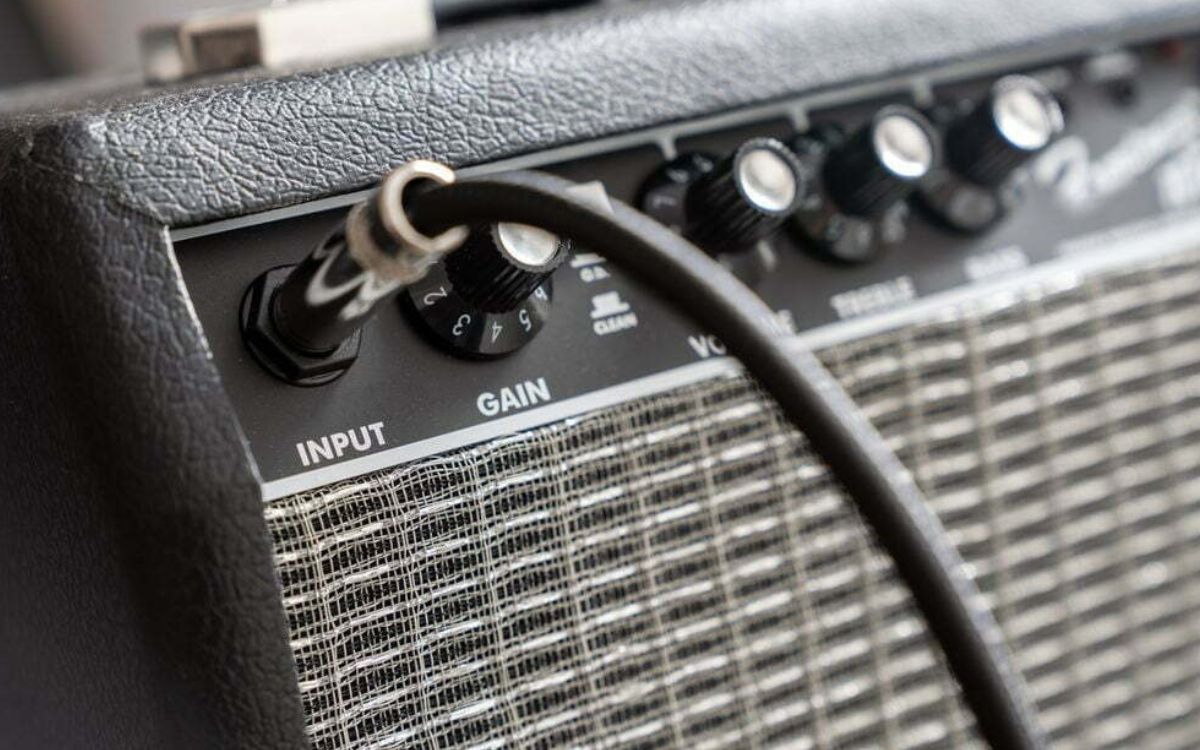Home>Production & Technology>Treble>Why Does My Turntable Sound High In Treble?


Treble
Why Does My Turntable Sound High In Treble?
Modified: January 22, 2024
Discover why your turntable sounds excessively high in treble and learn how to fix it. Find out the common causes and solutions to improve your audio experience.
(Many of the links in this article redirect to a specific reviewed product. Your purchase of these products through affiliate links helps to generate commission for AudioLover.com, at no extra cost. Learn more)
Table of Contents
- Introduction
- Understanding the basics of a turntable
- Common causes of high treble in a turntable
- Issue 1: Incorrect cartridge alignment
- Issue 2: Worn-out or damaged stylus
- Issue 3: Incorrect phono preamplifier settings
- Issue 4: Poor quality or damaged records
- Issue 5: Inadequate grounding or improper setup
- Troubleshooting tips for reducing treble in your turntable
- Conclusion
Introduction
Turntables are a beloved audio device for audiophiles and music enthusiasts alike. The gentle hum of the motor, the warm sound it produces, and the tangibility of vinyl records have a nostalgic charm that digital music often fails to replicate. However, like any audio equipment, turntables can sometimes exhibit issues that affect the quality of the sound produced.
One common problem that turntable owners may encounter is a high treble sound. Instead of a balanced and well-rounded audio experience, the sound seems to be overly focused on the high frequencies, causing discomfort or distortion. This can be frustrating, especially when you’re expecting that distinct warmth and depth that turntables are known for.
In this article, we will explore the reasons behind a turntable sounding high in treble and provide solutions to help you overcome this issue. Whether you are a seasoned vinyl aficionado or a newcomer to the world of turntables, understanding the common causes and troubleshooting methods can greatly improve your listening experience.
So let’s dive in and uncover the mysteries behind this perplexing problem!
Understanding the basics of a turntable
Before we delve into the reasons behind a turntable sounding high in treble, let’s first establish a basic understanding of how a turntable works. A turntable, also known as a record player, is an analog audio device that plays vinyl records. It consists of several key components that work together to produce sound.
The most important part of a turntable is the cartridge. The cartridge holds the stylus, a needle-like device that tracks the grooves on the record’s surface. As the record spins, the stylus detects the variations in the grooves, translating them into electrical signals.
The electrical signals are then sent to the phono preamplifier, which amplifies the signals to a level that can be processed by an amplifier or receiver. The amplified signals are then sent to the speakers, where they are converted back into sound waves for us to hear.
It’s important to note that the quality and performance of each component can have a significant impact on the overall sound produced by the turntable. Now that we have a basic understanding of how a turntable works, let’s explore the common causes of high treble in a turntable.
Common causes of high treble in a turntable
When you notice that your turntable is producing an excessively high treble sound, there are several potential causes to consider. Understanding these common causes can help you pinpoint the issue and take appropriate actions to rectify it.
1. Incorrect cartridge alignment: The alignment of the cartridge and stylus is crucial for accurate tracking of the record grooves. If the cartridge is misaligned, it can result in excessive contact with the high-frequency grooves, leading to an overly pronounced treble sound.
2. Worn-out or damaged stylus: Over time, the stylus can wear out or become damaged due to regular use or mishandling. A worn-out or damaged stylus may struggle to accurately track the grooves, resulting in a skewed frequency response with an emphasis on the high frequencies.
3. Incorrect phono preamplifier settings: The phono preamplifier is responsible for amplifying the weak electrical signals produced by the cartridge. If the phono preamplifier settings are incorrectly set, such as having the treble boost engaged or the high-frequency filter activated, it can lead to a disproportionately high treble output.
4. Poor quality or damaged records: The condition of the vinyl records themselves can contribute to a high treble sound. If the records are poorly manufactured or have scratches, warps, or dust particles, it can cause the stylus to encounter obstacles and result in an imbalanced frequency response.
5. Inadequate grounding or improper setup: A lack of proper grounding or an improper setup of the turntable can introduce electrical interference, which can manifest as a high treble sound. Grounding issues can disrupt the signal path and cause distortion, affecting the overall sound quality.
Now that we have identified the common causes of high treble in a turntable, let’s explore each issue in more detail and discuss troubleshooting tips to help you mitigate the problem.
Issue 1: Incorrect cartridge alignment
One of the most common causes of a high treble sound in a turntable is incorrect cartridge alignment. The cartridge and stylus should be properly aligned to ensure precise tracking of the record grooves. If the alignment is off, the stylus may not be able to accurately trace the groove modulation, leading to an imbalanced frequency response.
To determine if cartridge alignment is the issue, you can visually inspect the alignment of the cartridge and stylus. The stylus should be perpendicular to the record surface and aligned with the grooves. If you notice that the stylus appears misaligned or tilted, it’s a clear indication that the cartridge needs adjusting.
Proper cartridge alignment requires precision, and there are various alignment tools available to aid in the process. These tools, such as alignment protractors or gauges, provide guides and reference points to ensure accurate alignment. Following the manufacturer’s instructions or seeking guidance from a professional can help you achieve optimal cartridge alignment.
Additionally, it’s important to note that different turntable models may require specific alignment settings. The alignment specifications can usually be found in the turntable’s user manual or obtained from the manufacturer’s website. By aligning your cartridge according to the specific requirements of your turntable, you can enhance the tracking accuracy and reduce the potential for high treble.
If you are unsure about adjusting the cartridge alignment yourself or are experiencing difficulties, it’s advisable to seek assistance from a qualified technician or turntable specialist. They can provide expert guidance and ensure that the cartridge is properly aligned to achieve balanced audio reproduction.
Once you have correctly aligned the cartridge, take the time to listen carefully to the sound produced by your turntable. If the high treble issue persists, it may be necessary to investigate other potential causes, such as a worn-out stylus or incorrect phono preamplifier settings.
Addressing the issue of incorrect cartridge alignment can significantly improve the sound quality of your turntable, allowing you to enjoy a more balanced and satisfying listening experience.
Issue 2: Worn-out or damaged stylus
A worn-out or damaged stylus is another common culprit behind a high treble sound in a turntable. The stylus, also known as the needle, is the component that makes direct contact with the record grooves, translating them into electrical signals. Over time, the stylus can deteriorate due to regular use or mishandling.
When a stylus becomes worn-out or damaged, it may struggle to accurately track the groove modulation on the record. As a result, the stylus may have difficulty reproducing the low-frequency information while emphasizing the high-frequency details. This imbalance leads to a pronounced treble sound.
Visually inspecting the condition of the stylus can provide initial clues. Look for signs of wear, such as a flattened or chipped tip. If the stylus appears damaged or significantly worn, it’s a good indication that it may need replacing.
Replacing a stylus is relatively straightforward, although it is important to ensure compatibility with your specific cartridge model. Stylus replacement options are available from various manufacturers, and it’s recommended to choose a stylus that matches your cartridge’s specifications.
If you are unsure about the compatibility or installation process, it may be wise to consult with a professional or refer to the manufacturer’s instructions. They can assist you in selecting and properly fitting a new stylus, ensuring optimal performance and reducing the high treble issue.
Regularly inspecting and cleaning the stylus can also help prolong its lifespan and maintain optimal performance. Dust and debris can accumulate on the stylus, impairing its ability to track the grooves accurately. Using a specialized stylus brush or cleaning solution can help remove any buildup and improve the overall sound quality.
It’s essential to note that improper stylus care or mishandling can further damage the stylus, exacerbating the high treble issue. Therefore, it is crucial to handle and clean the stylus with care, following the recommended procedures provided by the manufacturer.
By addressing the issue of a worn-out or damaged stylus, you can restore balance to the audio produced by your turntable and enjoy the rich, full sound that vinyl records are known for.
Issue 3: Incorrect phono preamplifier settings
The phono preamplifier, also known as the phono stage, plays a crucial role in amplifying the weak electrical signals generated by the turntable’s cartridge. It prepares the signal for further amplification by an amplifier or receiver. If the phono preamplifier settings are incorrect, it can result in a high treble sound that lacks balance and warmth.
There are a few common settings that can contribute to an imbalanced treble response:
- Treble boost: Some phono preamplifiers offer a treble boost setting, which enhances the high-frequency range. If this setting is engaged, it can lead to excessive treble that overpowers the rest of the audio spectrum. Check your phono preamplifier’s settings and ensure that any treble boost or EQ options are turned off.
- High-frequency filter: Certain phono preamplifiers include a high-frequency filter that reduces the treble output. If this filter is activated, it can cause a significant reduction in high-frequency information, resulting in a skewed frequency response. Check the high-frequency filter setting and ensure that it is turned off to maintain a balanced audio reproduction.
- Gain settings: The gain settings on the phono preamplifier control the level of amplification applied to the cartridge’s signals. If the gain is set too high, it can lead to distortion and an exaggerated treble response. Conversely, if the gain is too low, the treble may sound muted. Adjusting the gain settings within the recommended range for your specific cartridge can help achieve a more balanced sound.
Properly adjusting the phono preamplifier settings requires understanding the specific controls and capabilities of your device. Consult the user manual or manufacturer’s instructions to familiarize yourself with the control options and recommended settings for your particular phono preamplifier model.
If you are unsure about the optimal settings or find it challenging to achieve the desired sound balance, consider seeking assistance from a knowledgeable audio professional or consulting online forums and communities for advice.
By ensuring that the phono preamplifier settings are correctly configured, you can achieve a more balanced and natural treble response in your turntable’s sound reproduction.
Issue 4: Poor quality or damaged records
The quality and condition of the vinyl records themselves can significantly impact the sound produced by a turntable. If you notice a high treble sound, one potential cause to consider is the presence of poor quality or damaged records in your collection.
Poorly manufactured records or records with manufacturing defects can have uneven frequency response, leading to imbalanced treble. The grooves may not be cut accurately or consistently, resulting in variations in the high-frequency information. Similarly, records that have been scratched or warped can cause the stylus to encounter irregularities in the groove, affecting the overall frequency response.
Inspecting your records carefully and cleaning them regularly can help identify any visible defects or signs of damage. Dust particles, dirt, or debris on the record surface can also interfere with the stylus tracking and amplify the treble frequencies. Cleaning your records using appropriate methods and equipment, such as record cleaning brushes or specialized cleaning solutions, can help improve their overall sound quality.
If you come across records that are severely damaged, it may be necessary to replace them with new copies or seek the assistance of professionals who specialize in record restoration. Replacing damaged records with high-quality pressings or well-preserved vintage records can have a positive impact on the overall sound balance and reduce the high treble issue.
Additionally, it’s important to handle records with care to prevent further damage. Avoid placing them in direct sunlight or extreme temperatures, and always handle them by their edges to minimize fingerprints and other contaminants. Using high-quality record sleeves for storage can also help protect the records from dust and scratches.
Remember that the quality of your records directly affects the audio produced by your turntable. By maintaining a collection of well-preserved records and regularly cleaning them, you can minimize the chances of encountering high treble caused by poor quality or damaged records.
Issue 5: Inadequate grounding or improper setup
The grounding and overall setup of a turntable play a crucial role in its performance and sound quality. If your turntable is not properly grounded or set up, it can introduce electrical interference, leading to a high treble sound and other audio issues.
Grounding is essential for minimizing electrical noise and ensuring a clean and accurate audio signal. Without proper grounding, the turntable may pick up electromagnetic interference or hum, which can distort the sound and emphasize the treble frequencies.
To address grounding issues, ensure that your turntable is properly connected to a grounded power outlet or grounding wire. Some turntables have a separate grounding wire that needs to be connected to an amplifier or receiver with a dedicated grounding terminal. Check the user manual or manufacturer’s instructions for specific grounding requirements for your turntable model.
In addition to grounding, the overall setup of your turntable can also impact the sound balance. Improper setup, such as incorrect placement of the turntable, misalignment of the tonearm, or insufficient tracking force, can result in an imbalanced treble response.
Ensure that your turntable is placed on a stable surface, away from sources of vibration or electromagnetic interference. The tonearm should be properly calibrated and aligned, allowing the stylus to accurately track the record grooves. Excessive tracking force or improper anti-skate settings can also affect the sound balance, including the treble frequencies. Consult the turntable’s user manual or seek professional advice to ensure the proper setup of your turntable.
By addressing grounding issues and ensuring a proper setup, you can minimize electrical interference and optimize the sound quality of your turntable. A clean and well-balanced audio signal will result in a more accurate and enjoyable listening experience, with a reduced emphasis on the treble frequencies.
Troubleshooting tips for reducing treble in your turntable
If you’re experiencing a high treble sound in your turntable, there are several troubleshooting tips you can try to help reduce this issue. These tips can help identify and address common causes of the imbalanced treble response, improving the overall sound quality of your turntable.
1. Check the cartridge alignment: Ensure that the cartridge and stylus are properly aligned. Misalignment can cause excessive contact with the high-frequency grooves, leading to an emphasized treble. Use alignment tools or consult a professional for accurate cartridge alignment.
2. Inspect and clean the stylus: Examine the stylus for signs of wear or damage. A worn-out or damaged stylus can affect the tracking performance and result in imbalanced treble. Clean the stylus regularly using a specialized brush or cleaning solution to remove dust and debris.
3. Adjust the phono preamplifier settings: Verify that the phono preamplifier settings are correctly configured. Disable any treble boost or high-frequency filters, and adjust the gain settings within the recommended range for your cartridge. Consult the user manual or seek professional advice if needed.
4. Examine the quality of your records: Inspect your records for manufacturing defects, scratches, warps, or dust particles. Poor quality or damaged records can cause imbalanced treble. Clean your records using appropriate methods and consider replacing severely damaged ones with high-quality pressings.
5. Ensure proper grounding and setup: Verify that your turntable is properly grounded to minimize electrical interference. Follow the manufacturer’s instructions for grounding requirements. Additionally, ensure the turntable is set up correctly, with stable placement, tonearm alignment, proper tracking force, and anti-skate settings.
6. Experiment with tone controls: Some amplifiers or receivers offer tone controls that allow you to adjust the sound frequencies. If available, try reducing the treble level to achieve a more balanced sound. Be cautious not to overcompensate, as this can lead to a muted or dull overall sound.
7. Seek professional assistance if needed: If you have tried the troubleshooting tips above and are still experiencing a high treble sound, it may be beneficial to seek professional assistance. A knowledgeable technician or turntable specialist can provide expert guidance and help identify any underlying issues.
Remember, each turntable setup is unique, and the troubleshooting tips provided here may vary depending on your specific equipment and circumstances. Patience and careful troubleshooting will help you identify and address the cause of the high treble sound, resulting in a more balanced and enjoyable listening experience.
Conclusion
Dealing with a high treble sound in your turntable can be frustrating, but with the right understanding and troubleshooting, you can overcome this issue and restore the balanced audio experience that vinyl records are cherished for.
In this article, we explored the common causes of high treble in a turntable, including incorrect cartridge alignment, worn-out or damaged stylus, incorrect phono preamplifier settings, poor quality or damaged records, and inadequate grounding or improper setup. By identifying these potential culprits, you can take the necessary steps to address them and improve the sound quality of your turntable.
We discussed troubleshooting tips such as checking cartridge alignment, inspecting and cleaning the stylus, adjusting phono preamplifier settings, examining the quality of records, ensuring proper grounding and setup, experimenting with tone controls, and seeking professional assistance when needed.
Remember that each turntable setup is unique, and it may take some experimentation and patience to find the optimal settings and solutions for your specific situation. Be mindful of the importance of proper maintenance, including regular cleaning and handling of your records, and follow manufacturer guidelines for cartridge alignment and setup.
By addressing the issues discussed in this article and implementing the suggested troubleshooting tips, you can reduce treble and achieve a more balanced and enjoyable listening experience with your turntable.
So, put on your favorite vinyl, make the necessary adjustments, and immerse yourself in the warm, rich sound that turntables are renowned for. Happy listening!


